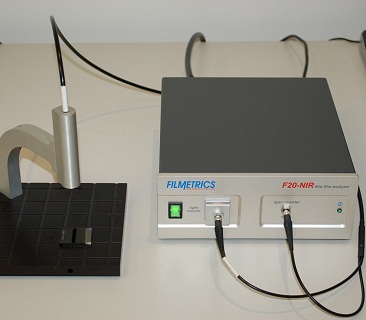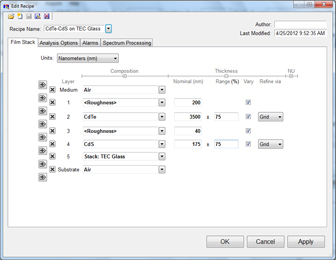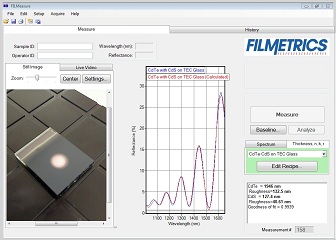F10-RTA-EXR
Solar Photovoltaic Applications
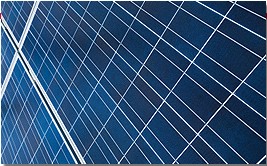
Thin-Film Photovoltaics
Thin-film photovoltaics (TFPVs) are being developed as a lower-cost alternative to silicon-wafer-based products. The three main categories of TFPVs are named after their active-layer components: thin silicon, II-VI (primarily CdTe), and CIGS (copper indium gallium selenide.) Each exists as an active layer on top of a transparent conductive oxide (TCO) on top of a substrate (usually glass or metal).
Measuring Photovoltaic Active Layers
Getting the right thickness and composition of photovoltaic active layers is important. Being too thin can affect efficiency and durability, while being too thick can increase cost. The wrong composition can drastically decrease efficiency and manufacturing yield.
Filmetrics® F20 models are used by dozens of TFPV manufacturers to measure the thickness and optical constants of all three types of active layers. To measure photovoltaic active layers on top of TCO, Filmetrics has extensive experience characterizing both in-house and glass-supplier single or multi-layer TCO stacks.
Other Process Films
There are other films, besides active layers and TCO stacks, that are often used in the manufacture of TFPVs. Examples include polyimides and resists used to define cells and electrodes, as well as anti-reflection coatings. In each case Filmetrics has a tabletop, mapping, or in-line solution readily available.
To discuss your solar photovoltaic application, contact our thin-film experts. Filmetrics offers free trial measurements - results are typically available in 1-2 days.
Photovoltaic Thin-Film Measurement Example
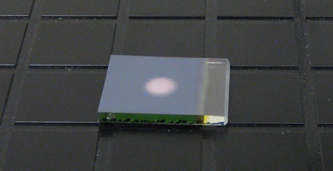
The ability to measure multiple photovoltaic thin-film layers quickly and reliably is critical for the development and manufacturing of thin-film solar cells. In this example, we are measuring both the buffer layer (CdS) and absorber layer (CdTe) on a thin-film PV device. Using our F20-NIR in conjunction with a collimated beam stage, we are able to obtain a reflectance spectrum which allows us to measure the thickness of both CdTe and CdS layers of a CdTe-based solar cell on TEC glass.
